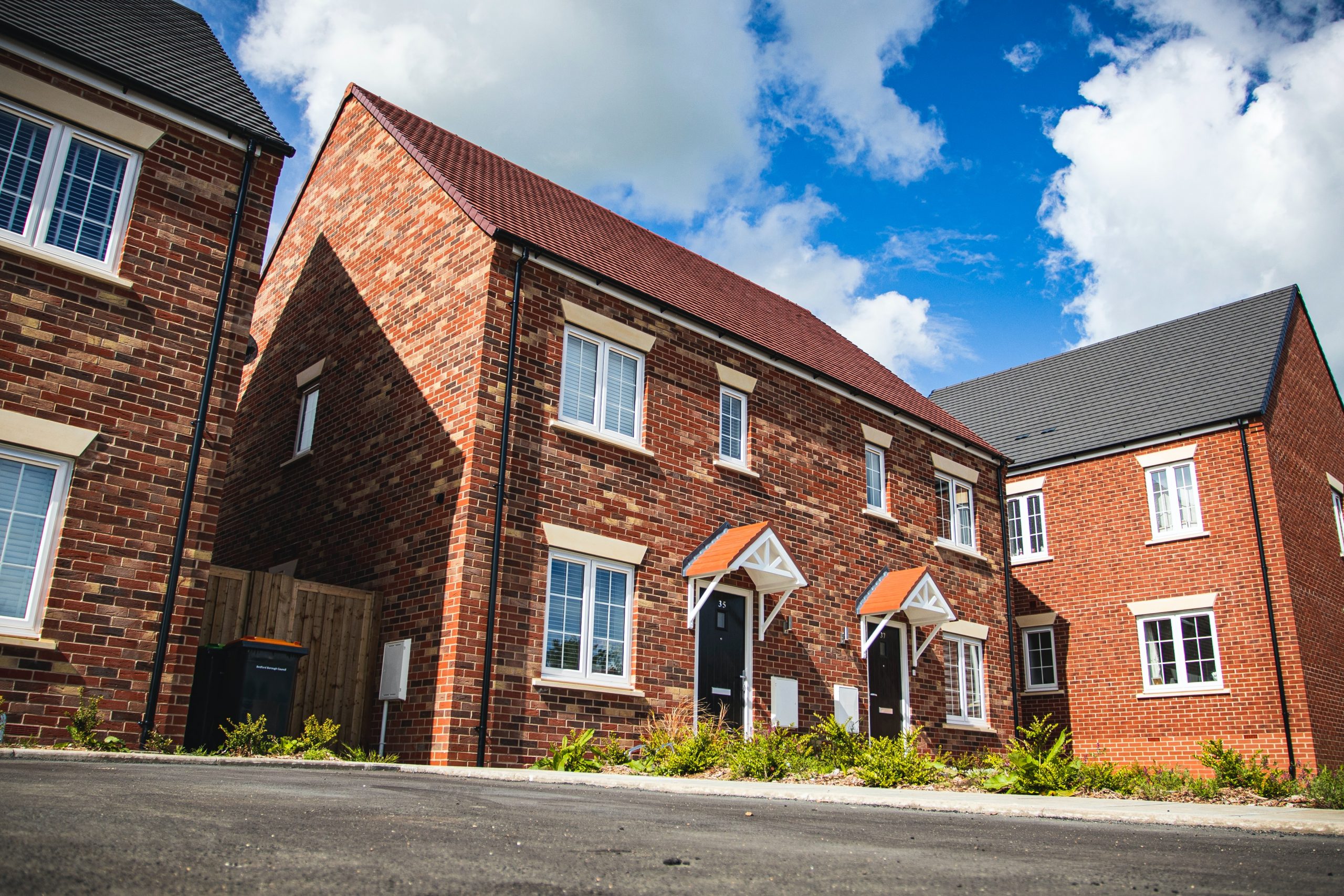UK house prices have fared better than expected over this past year, according to new research from Savills, as it reveals its outlook for the next five years.
Despite the fact that the Bank of England is yet to lower its base rate, instead holding it at 5.25%, the fact that lenders have continued to slash prices and offer new products over recent months has helped to buoy the housing market more than had been anticipated this year.
In its revised outlook for UK house prices, estate agency Savills predicts that next year will be the second and final year of overall property price falls, with a -3% dip by the end of 2024. After this, it expects the market to return to growth for the proceeding years up to 2028.
In numbers, this looks like a 3.5% uptick in UK house prices in 2025, followed by a stronger gain of 5% in 2926, a further hike of 6.5% in 2027, and a 5% rise in 2028. Overall, this equates to a cumulative increase across mainstream residential markets of 17.9% over the next five years.
Contact us today to speak with a specialist Commercial Finance Broker to discuss how we can assist you.
UK house prices and transactions to recover
Much of the current outlook is based on what is expected to happen with interest rates and inflation, which will impact mortgage rates overall. The general consensus is that rates will begin to come down, with the Bank of England expected to bring its base rate down at least by the latter part of 2024.
Mortgage rates have a direct impact on affordability in the property market, and can therefore begin to affect UK house prices and transaction levels. Thankfully, Savills points out that while interest rates have now peaked, so have house price falls in this cycle.
Savills head of research Lucian Cook notes: “The expectation of a gradual reduction in rates suggests a progressive restoration of buying power and steady recovery in demand.
“We expect growth to accelerate as affordability pressures ease, with the strongest growth forecast for 2027 when rates reach their long-term neutral level. From there we expect growth to settle at a rate broadly in line with income growth.”
Transaction levels have undoubtedly suffered in some – but not all – parts of the market, although some of this drop-off in activity can be attributed to a slowdown in relation to the post-Covid boom. Of course, the cost of living crisis and high inflation have also had an impact on this.
Cash buyers have been more active than ever in the current climate, which is unsurprising, and this is another factor conrtibuting towards keeping UK house prices afloat. However, by mid-2024, Savills expects transaction levels to coincide with recovery of UK house prices, as mortgage affordability improves.
Read about the UK Housing Market via our Specialist Residential & Buy to Let Division
North, Wales and Scotland hold their own
According to the report, the strongest performing markets at the moment remain the north of England, as well as Scotland and Wales. However, Savills also points towards a faster recovery taking place in London, as the economic outlook improves, after it has lagged behind the rest of the UK for some time.
The report hones in on each of the UK’s regions, while also noting that the UK property market as a whole is “in the late stages of a typical housing market cycle”. But it offers an interesting insight into how the more affordable property markets can often show the most resilience.
For example, between now and 2028, the top-performing regions in terms of house price growth are predicted to be the north east with 21.4% cumulative growth, the north west with 20.2% cumulative growth, and Yorkshire and the Humber and the West Midlands, both with 20.2% cumulative growth.
These figures are all comfortably above the average level of growth for UK house prices, and far surpass London’s prediction of a 13.9% total house price rise over the five-year period.
The report notes: “In 2024, further modest price falls will be driven by stretched affordability across all regions, though slightly more so in London and the South East where buyers continue to need to accumulate much bigger deposits and borrow more relative to their income than the national average.
“Once the Bank of England begins to cut the base rate in the second half of 2024, we expect affordability to ease with every region seeing improving conditions compared to 2023. The more affordable markets in the North, where mortgaged buyers are under less strain, should see the most recovery initially.”
By Eleanor Harvey
Source: Buy Association

